COVID-19: When should students return to higher education?
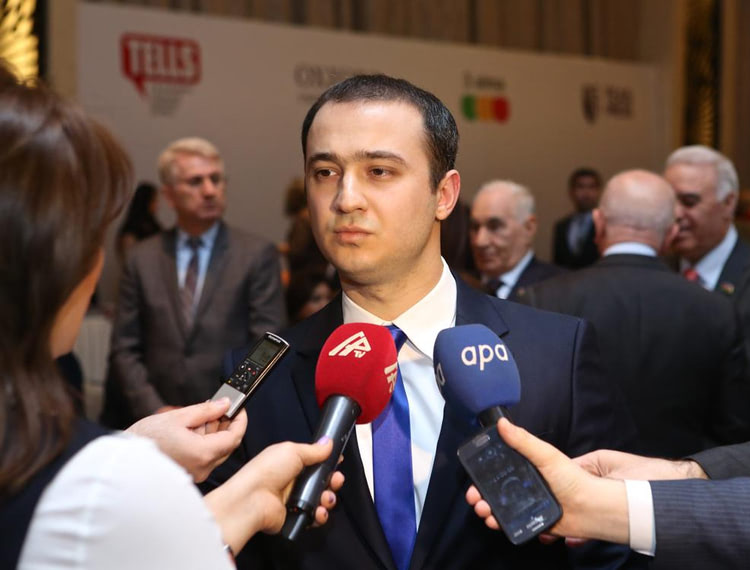
In recent months, billions of people globally have been sent into lockdown to curb the spread of COVID-19 and its impact on public health. With schools, colleges and universities in most countries still shut, if not partially, the lockdown is proving to be a significant challenge for most young people and working parents. Though the world is progressively emerging from lockdown, we need to collectively ensure that not only are those vulnerable to the virus protected but that our students and their education aren’t prejudicially impacted. It therefore begs the question – should students return to school and higher education?
In the UK, over 1,500 paediatricians and child health specialists wrote to the Prime Minister urging the government to publish plans for reopening schools. They claimed that the closure “risks scarring the life chances of a generation of young people”. Additionally, a Norwegian study found that for every week a child misses out on formal education their chances of attending university and lifetime earning potential are seriously reduced. This is even more a risk for students on the precipice on entering higher education. We also need to consider the non-measurable impact. The centres of education are undoubtedly crucial for both the mental health and development of social skills for every student – online tutorials can never replace the joy of studying in a classroom or meeting and conversing with friends.
In Azerbaijan, the quarantine regime has been extended to the end of August with significant restrictions in place. Educational institutions were closed early on in the crisis on 3rd March, with over 1 million students and 100,00 teachers transitioning to an online learning model. We are yet to hear about the date for reopening schools and universities. Cities such as Baku, Jalilabad, Ganja and Lankaran continue to face greater restrictions. Under the current rules, citizens are allowed to leave their place of residence only after obtaining permissions via text – an approach used to curb further spread of the virus. Yet, as other countries begin to ease their lockdown measures, it’s time to decide whether the health risks posed by COVID-19 outweigh the social risk to pupils who have largely been overlooked throughout the pandemic.
Health Risks
COVID-19 undoubtedly poses a health risk to large numbers of people around the world, with the death rate climbing globally above 550,000. These numbers cannot be overstated. Though Professor Sir David Spiegelhalter, Chairman of the Winton Centre for Risk at the University of Cambridge has said that children are at a higher risk of being struck by lightning than they are of dying from COVID-19. In the USA, those aged 0–17 years old account for 0.06% of deaths attributed to the virus, 0.02% of whom did not have any known pre-existing conditions. This is important to note given the apparent risk to children and adolescents is that much smaller compared with the general population.
That’s not to say there is not a significant health risk to young people and those around them. While young people are far less likely to have pre-existing conditions that put them at a higher risk of the virus – some do. Many of them also live with family members that are in the high-risk bracket. The wellbeing of teaching staff must also be considered. If schools, colleges and universities were to open, tremendous efforts should be made to ensure the safety of all those attending it. One way of doing this is to minimise physical contact. The centres of education should amend the layout of classrooms, move desks further away and where possible, reduce the number of students in a single class to minimise contact between one another. Another solution would be to stagger break times or start times. We must take every precaution to ensure the safety and wellbeing of our young people and teaching staff.
In these extraordinary circumstances, attendance at educational institutions cannot be mandatory – especially in areas where there has been a resurgence of the virus. While the loss of education could be detrimental to attainment levels, physical health and wellbeing must be at the forefront of our decisions. Otherwise, what was the point of closing these centres of education in the first place?
Waiting for a vaccine
Some have insisted we wait until a vaccine arrives. But, waiting until then would mean many students missing out on almost half a year of education, if not longer, causing irreparable damage to their life prospects. According to the United Nations Educational, Scientific and Cultural Organisation (UNESCO), nearly 1.6 billion students in 190 countries has thus far been affected – the equivalent of 90% of school-age students globally. According to Dave Marcotte, a professor in public affairs at the American University in Washington DC, about 25% of what is learned during the academic year is lost over the course of the summer. The educational institutions are currently looking at a six-month hiatus, not just six weeks. For our young people, we must do all we can to ensure that they have every opportunity to learn. If that means educational institutions and governments breaking their fiscal rules to ensure that home and online learning is widely facilitated through technology, so be it.
Inequality
The closure of educational institutions has brought to light the worsening disparity between private and public education. In the UK, the Institute of Education at University College London found that 31% of private, fee-paying schools are providing four or more online lessons a day, in comparison to only 6% of government-funded state schools. Additionally, 71% of state school pupils have received less than an hour’s teaching a day during the pandemic. The disparity between the haves and have nots must be corrected.
In conclusion, it is clear that educational institutions must reopen, albeit with utmost safety, to ensure that the education of our young people continues unabated. However, this needs to be done in the safest way possible for students, teaching and other staff. It’s clear that the pandemic has opened up new and much-needed debates on the direction of education, such as the introduction of more online learning, the issue of providing accessible learning technology for all and the ever-widening inequalities between public and private education. But for the moment, we need to ensure that young people aren’t hindered by this cruel virus for the rest of their life. The pandemic has shone a light on an important element – let’s invest in better learning facilities for our young people today so that they can build a better tomorrow.
Mr. Tale Heydarov is the Chairman of Gilan Holdings, Founder of the European Azerbaijan School, Azerbaijan Teachers Development Centre, Libraff bookstores network, TEAS Publishing House, and until recently served as the President of Gabala FC football club (Azerbaijan Premier League) and Gabala Sports Club.






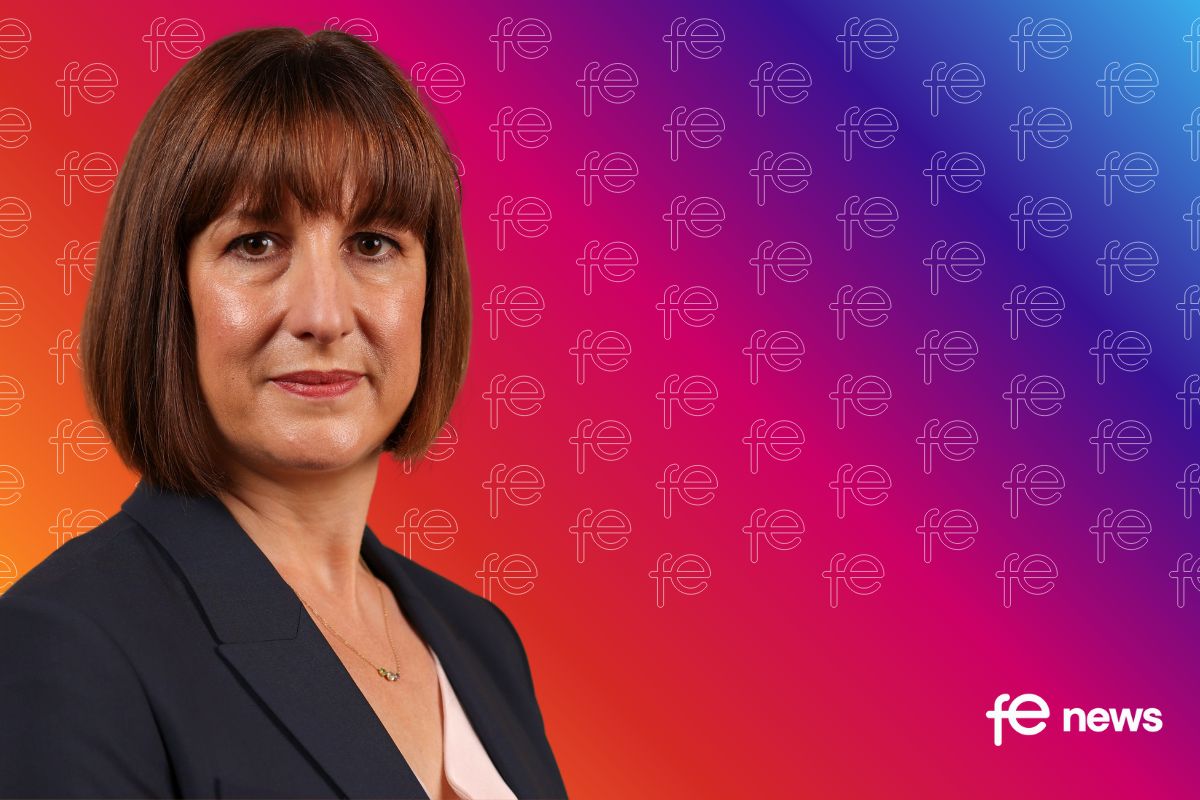
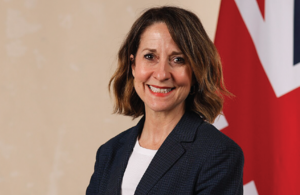
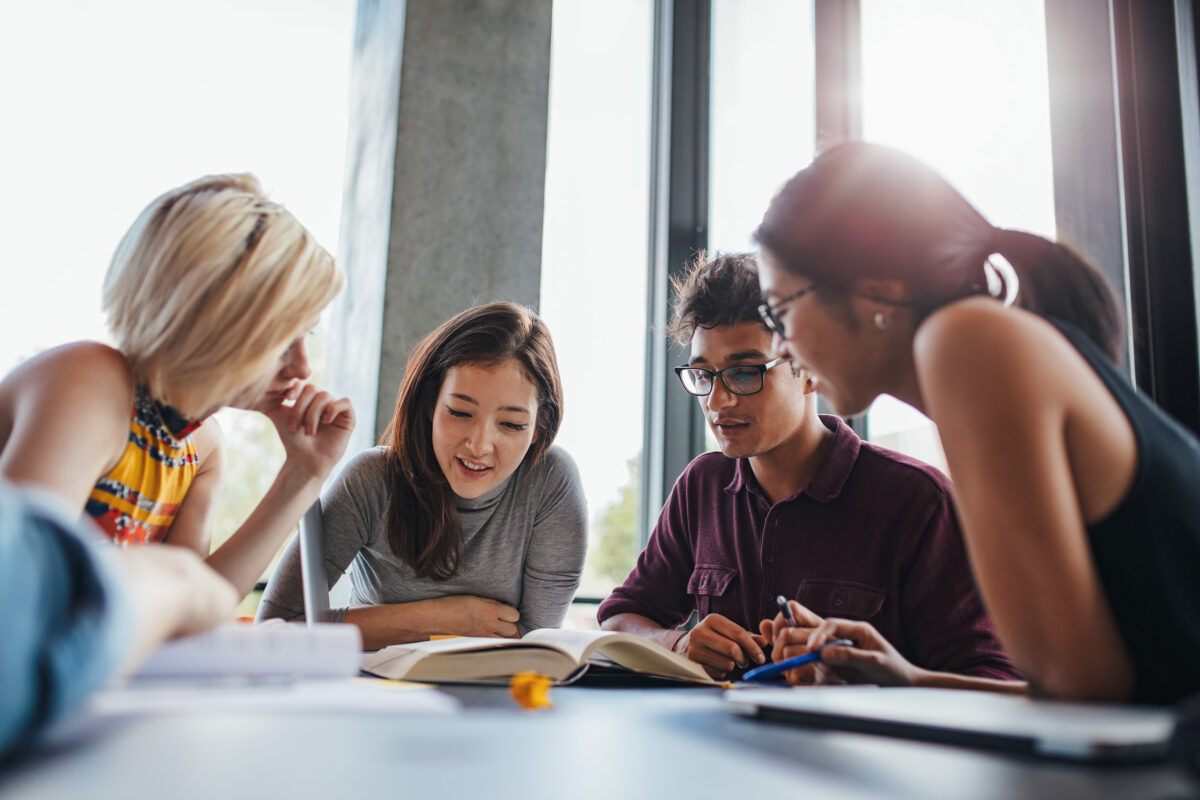

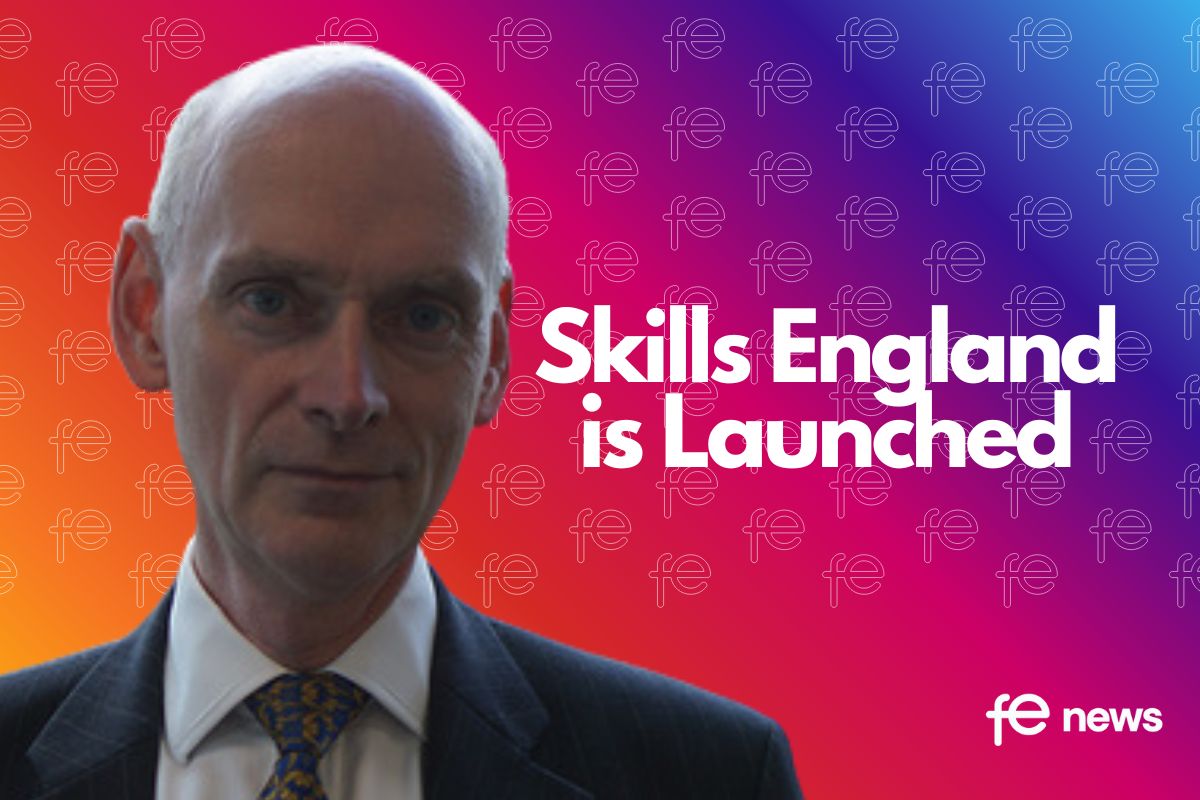
Responses